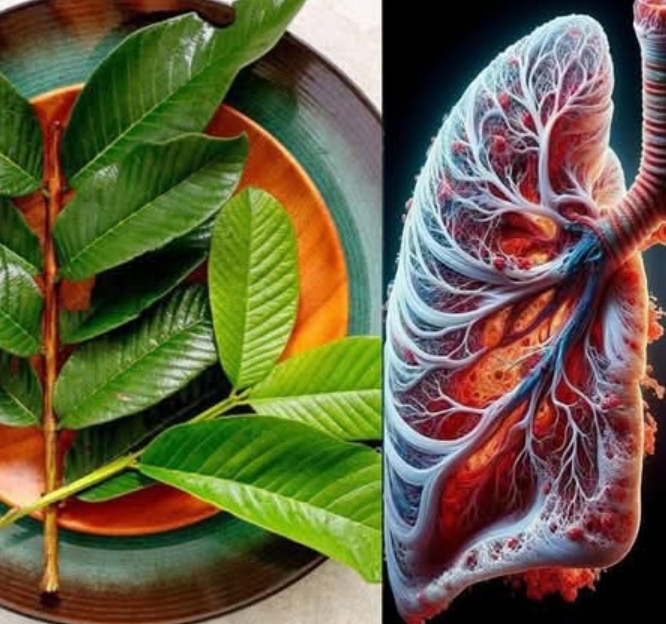The best time to harvest prickly lettuce is during its early growth stage when the leaves are young, tender, and less bitter. As the plant matures, the leaves become more fibrous and bitter. To harvest, simply pluck the young leaves and stems from the plant. For medicinal use, the sap can be collected by making small incisions in the stem. Be cautious to properly identify the plant to avoid confusing it with toxic lookalikes.4. How to Use Prickly LettuceMedicinal UsesPrickly lettuce has been used for centuries to treat a variety of conditions, particularly insomnia, anxiety, and general stress. The plant’s sedative properties make it ideal for promoting relaxation and improving sleep quality. You can use the sap, leaves, or stems of the plant in various forms such as tea, tinctures, or poultices. For a relaxing nighttime drink, simply steep fresh or dried leaves in hot water to make a soothing tea.Culinary UsesIn addition to its medicinal benefits, prickly lettuce can also be incorporated into your diet. The young, tender leaves can be eaten raw in salads, offering a slightly bitter flavor. The stems can be cooked like other leafy greens. Common methods of preparing prickly lettuce include stir-frying, boiling, or adding it to soups and stews for extra flavor and nutrients.PrecautionsWhile prickly lettuce is generally safe to consume, it’s important to ensure you have correctly identified the plant, as some plants may resemble prickly lettuce and could be toxic. If using it for medicinal purposes, it is advisable to consult with a healthcare professional, especially if you are pregnant, breastfeeding, or taking prescription medications. People with allergies to lettuce should avoid using prickly lettuce.
The Hidden Benefits of Prickly Lettuce (Lactuca Serriola): A Natural Remedy for Prostate and Kidney Health
